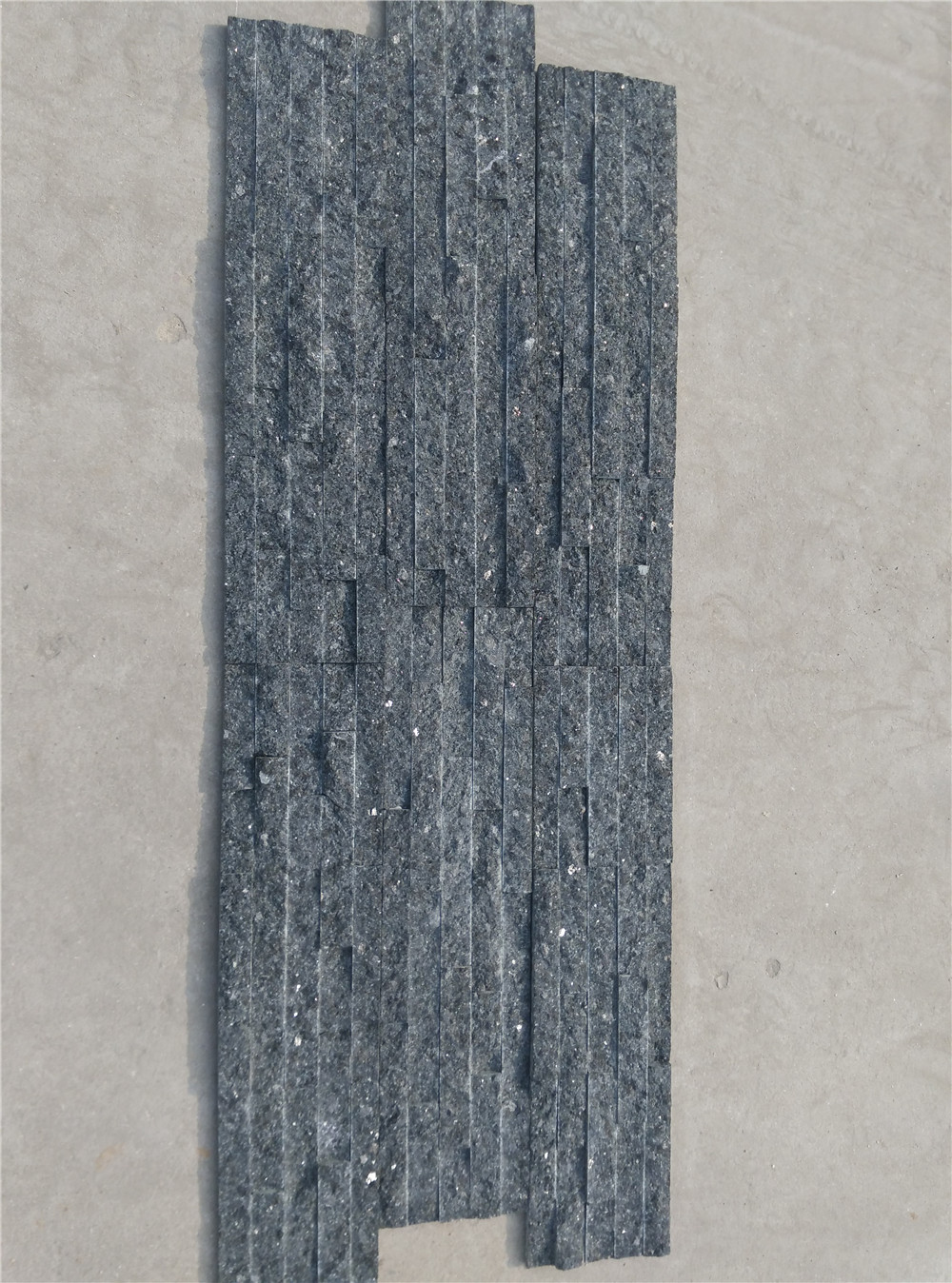Introduction:
Fireplaces have long been a focal point in homes, providing warmth, comfort, and a sense of coziness. One of the key elements in designing a fireplace is the choice of material for the surround and mantel. While natural stone has been a popular choice for its beauty and durability, cultured stone has emerged as a versatile alternative that offers the same aesthetic appeal with added benefits. In https://www.fs-slate.com/roofing-slate/ , we will explore the world of cultured stone for fireplaces, its advantages, design possibilities, and installation process.
What is Cultured Stone?
Cultured stone, also known as manufactured stone or faux stone, is a man-made material designed to replicate the look and feel of natural stone. It is made by casting concrete mixed with aggregates, pigments, and other additives into molds that mimic the texture and appearance of natural stone. The result is a lightweight, durable product that can be customized to suit various styles and designs.
Advantages of Using Cultured Stone for Fireplaces:
1. Affordability: Cultured stone is generally more affordable than natural stone, making it a cost-effective option for homeowners looking to achieve a high-end look without breaking the bank.
2. Lightweight: Cultured stone is significantly lighter than natural stone, which makes it easier to handle and install. This can also reduce the structural requirements for supporting the fireplace surround.
3. Variety of Styles and Colors: Cultured stone comes in a wide range of styles, colors, and textures, allowing for endless design possibilities. Whether you prefer a rustic, traditional, or modern look, there is a cultured stone option to suit your taste.
4. Easy to Install: Cultured stone is designed to be user-friendly for installation, with interlocking panels or individual pieces that can be easily applied to the fireplace surround. This can save time and labor costs compared to natural stone installation.
5. Low Maintenance: Cultured stone is durable and requires minimal maintenance to keep it looking its best. Unlike natural stone, it is less prone to staining, chipping, or cracking, making it a practical choice for a high-traffic area like a fireplace.
Design Possibilities with Cultured Stone Fireplaces:
One of the key advantages of using cultured stone for fireplaces is the ability to create custom designs that suit your personal style and preferences. Here are some design possibilities to consider:
1. Traditional Elegance: Cultured stone can be used to create a classic, timeless look for your fireplace surround. Opt for a neutral color palette and simple, elegant lines for a traditional aesthetic that complements any decor.
2. Rustic Charm: If you prefer a more rustic or farmhouse-style fireplace, choose textured, weathered cultured stone in earthy tones like browns, greys, or tans. Pair it with a reclaimed wood mantel for a cozy, inviting feel.
3. Modern Minimalism: For a sleek, contemporary fireplace design, opt for smooth, monochromatic cultured stone in shades of white, black, or grey. Consider a linear or geometric pattern for a minimalist look that makes a statement.
4. Statement Wall: Create a focal point in your living room by extending the cultured stone fireplace surround to cover an entire wall. This bold design choice can add drama and visual interest to the space, making your fireplace the centerpiece of the room.
Installation Process of Cultured Stone Fireplaces:
While the installation process for cultured stone fireplaces may vary depending on the specific product and design, here are the general steps involved:
1. Preparation: Before installing cultured stone, ensure that the fireplace structure is sound and properly prepared. This may involve cleaning the surface, applying a moisture barrier, and installing a metal lath for adhesion.
2. Layout: Plan the layout of the cultured stone panels or pieces to ensure a balanced and visually appealing design. Consider the size and shape of the stones, as well as the pattern and texture you want to achieve.
3. Adhesive Application: Apply a mortar or adhesive recommended by the manufacturer to the back of the cultured stone pieces. Press them firmly onto the surface, starting from the bottom and working your way up.

4. Grouting: Once the cultured stone pieces are in place, fill the gaps between them with grout to create a seamless, polished look. Use a grout bag or trowel to apply the grout evenly and smooth out any excess.
5. Finishing Touches: After the grout has dried, clean the surface of the cultured stone with a damp sponge to remove any residue. Seal the stone with a protective finish to enhance its durability and longevity.
Conclusion:
Cultured stone offers a versatile, affordable, and stylish option for creating beautiful fireplace surrounds that enhance the overall look and feel of your home. Whether you prefer a traditional, rustic, modern, or statement design, cultured stone can be customized to suit your unique style and preferences. With its durability, low maintenance, and ease of installation, cultured stone is a practical choice for homeowners looking to add elegance and charm to their living spaces. Consider incorporating cultured stone into your next fireplace project to enjoy the timeless beauty and warmth it brings to your home.
